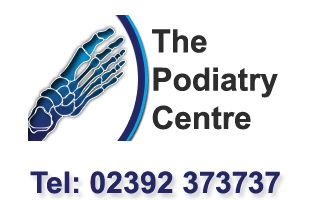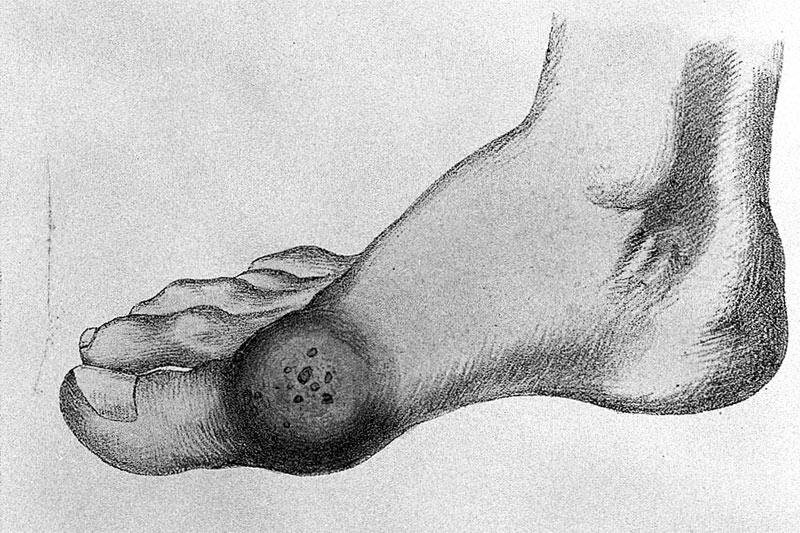Tel: 023 92373737
info@thepodiatrycentre.co.uk

Bunions
What is a Bunion?
A bunion appears as a bump on the side of the big toe. However that is the visible effect of changes in the bony framework of the front part of the foot where the big toe leans toward the second toe, rather than pointing straight ahead.
What Causes a Bunion?
Bunions are most often caused by an inherited faulty mechanical structure of the foot that makes a person prone to developing a bunion.
Bunions
Wearing shoes that crowd the toes won't cause bunions but it can make the deformity get progressively worse. That means you may experience symptoms sooner.
Symptoms
Symptoms occur most often when wearing shoes that crowd the toes - shoes with a tight toe box or high heels. Spending time on your feet can aggravate the symptoms of bunions.
Symptoms, which occur at the site of the bunion, may include:
- Pain or soreness
- Inflammation and redness
- A burning sensation
- Perhaps some numbness
Other conditions which may appear with bunions include calluses on the big toe, sores between the toes, ingrown toenail, and restricted motion of the toe.
Diagnosis
Bunions are easily seen at the base of the big toe or side of the foot. Bunions get progressively worse and more painful so it is best to visit us as soon as the condition is evident so that we can provide a personal treatment plan.
Treatment
Sometimes observation of the bunion is all that's needed. A periodic evaluation and examination can determine if your bunion deformity is advancing, thereby reducing your chance of irreversible damage to the joint. In many other cases, however, some type of treatment is needed.
Early treatments are aimed at easing the pain of bunions, but they won't reverse the deformity itself.
These options include:
- Changes in footwear. Wearing the right kind of shoes is very important. Choose shoes that have a wide toe box and forgo those with pointed toes or high heels which may aggravate the condition.
- Padding. Pads placed over the area of the bunion can help minimize pain. You can get bunion pads from your foot and ankle surgeon or purchase them at a pharmacy.
- Activity modifications. Avoid activity that causes bunion pain, including standing for long periods of time.
- Medications. Anti-inflammatory drugs such as ibuprofen, may help to relieve pain.
- Icing. Applying an ice pack several times a day helps reduce inflammation and pain.
- Orthotic devices. Our custom made orthotics may alleviate the condition.
When is Surgery Needed?
When the pain of a bunion interferes with daily activities, it's time to discuss surgical options. Recent advances in surgical techniques have led to a very high success rate in treating bunions.
Other Foot Conditions: Ageing Feet, Blisters, Chilblains, Gout, Heel Pain, Osteoarthritis, Rheumatoid Arthritis, Sweaty Feet, Verrucae - for full advice please follow this link to The College of Podiatry.
 Photo: A Durlacher - Wiki Commons Licence
Photo: A Durlacher - Wiki Commons Licence Get in touch
To find out more about our foot care services please call us at our nearest podiatry clinic.

